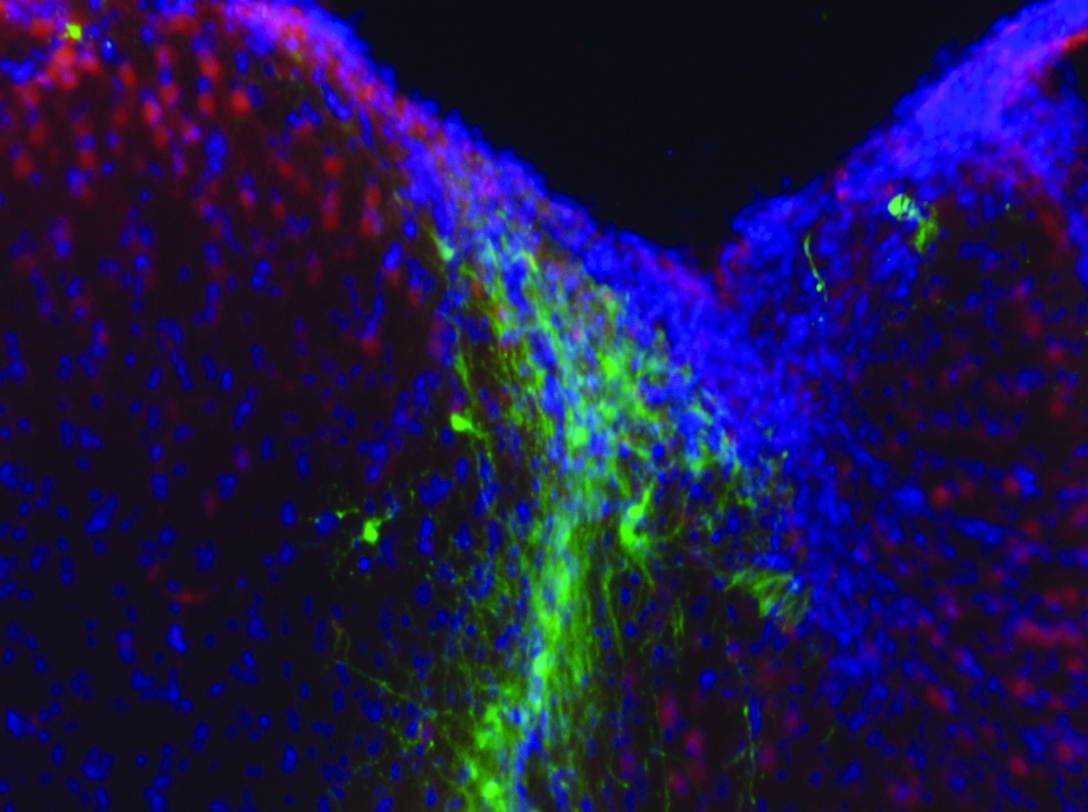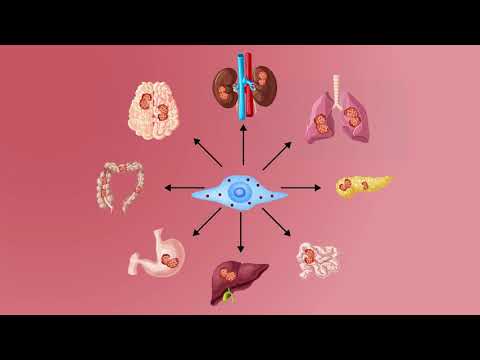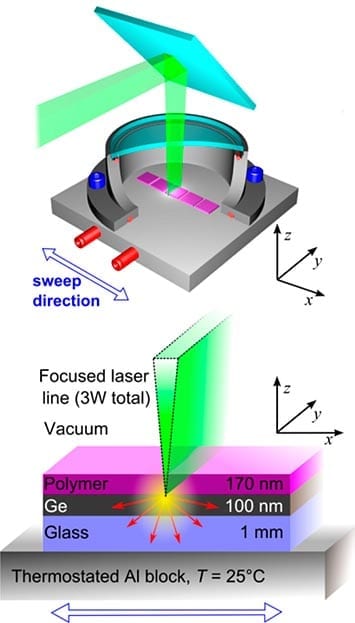
University of Toronto researchers show that engineered ‘hydrogels’ not only help with stem cell transplantation, but actually speed healing in both the eye and brain
Toronto scientists and engineers have made a breakthrough in cell transplantation using a gel-like biomaterial that keeps cells alive and helps them integrate better into tissue. In two early lab trials, this has already shown to partially reverse blindness and help the brain recover from stroke.
Led by University of Toronto professors Molly Shoichet (ChemE, IBBME) and Derek van der Kooy, together with Professor Cindi Morshead, the team encased stem cells in a hydrogel that boosted their healing abilities when transplanted into both the eye and the brain. These findings are part of an ongoing effort to develop new therapies to repair nerve damage caused by a disease or injury.
Conducted through the U of T’s Donnelly Centre for Cellular and Biomolecular Research, their research was published in today’s issue of Stem Cell Reports, the official scientific journal of the International Society for Stem Cell Research.
Stem cells hold great therapeutic promise because of their ability to turn into any cell type in the body, including their potential to generate replacement tissues and organs. While scientists are adept at growing stem cells in a lab dish, once these cells are on their own—transplanted into a desired spot in the body—they have trouble thriving. The new environment is complex and poorly understood, and implanted stem cells often die or don’t integrate properly into the surrounding tissue.
Shoichet, a bioengineer who recently won the prestigious L’Oreal-UNESCO for Women in Science Award, and her team created the hydrogel several years ago as a kind of a bubble wrap to hold cells together during transport and delivery into a transplant site.
“This study goes one step further, showing that the hydrogels do more than just hold stem cells together; they directly promote stem cell survival and integration. This brings stem-cell based therapy closer to reality” says Shoichet, whose affiliations span the Donnelly Centre, the Department of Chemical Engineering and Applied Chemistry and the Institute of Biomaterials & Biomedical Engineering at U of T.
Restoring partial vision
In addition to examining how the stem cells benefit from life in hydrogels, the researchers also showed that these new cells could help restore function that was lost due to damage or disease.
One part of the Stem Cell Reports study involved the team injecting hydrogel-encapsulated photoreceptors, grown from stem cells, into the eyes of blind mice. Photoreceptors are the light sensing cells responsible for vision in the eye. With increased cell survival and integration in the stem cells, they were able to partially restore vision.
Read more: Hydrogels boost ability of stem cells to restore eyesight and heal brains
The Latest on: Hydrogels
[google_news title=”” keyword=”Hydrogels” num_posts=”10″ blurb_length=”0″ show_thumb=”left”]
via Google News
The Latest on: Hydrogels
- HKU Mechanical Engineering researchers develop miniaturised electric generators based on hydrogels for use in biomedical deviceson April 25, 2024 at 2:00 pm
The development of engineered devices capable of harvesting the body’s mechanical motion and converting it into electricity is crucial for the functioning of bioelectronics.Mechanoelectrical energy co ...
- NIST researchers develop magnetics-based analyte sensoron April 25, 2024 at 8:45 am
Sensing platform uses magnetized hydrogels and a smartphone’s magnetometer to measure glucose concentration in test samples ...
- Suzano Ventures invests $5m in Bioform Technologies’ bio-based plasticson April 25, 2024 at 5:49 am
Bioform’s materials, developed at the University of British Columbia, offer sustainable, bio-based alternatives to single-use plastics.
- The next frontier of forensic science: blood splatter in microgravity?on April 25, 2024 at 2:43 am
Feedback is pleased to see that researchers are looking into the urgent issue of which angle blood might travel at following a violent act in space ...
- How light can vaporize water without the need for heaton April 24, 2024 at 3:29 pm
Researchers discovered that light can cause evaporation of water from a surface without the need for heat. This 'photomolecular effect' could be important for understanding climate change and for ...
- Engineers muffle invading pathogens with a 'molecular mask'on April 24, 2024 at 8:00 am
Vaccines remain the gold standard of protection against dangerous pathogens, but take considerable time and vast resources to develop. Rapidly mutating viruses such as SARS-CoV-2 can blunt their ...
- MIT, Woods Hole researchers are developing a better way to monitor slimy marine animalson April 24, 2024 at 2:20 am
It started with a drive from Woods Hole to MIT with a cooler full of squid. Now it holds promise as a less-invasive way to tag marine animals and monitor their movement.
- How Are Hydrogels Shaping the Future of Biomedicine?on April 18, 2024 at 1:03 am
Hydrogels are characterized by their hydrophilic nature and 3D network structure, possessing the unique ability to absorb significant amounts of water or biological fluids. This feature makes them ...
- Using Electroadhesion To Reversibly Adhere Metals And Graphite To Hydrogels And Tissueson March 30, 2024 at 9:21 pm
This is what a group of researchers have been investigating for a few years now, with the most recent paper on the topic called Reversibly Sticking Metals and Graphite to Hydrogels and Tissues by ...
- Advancing tissue engineering with shape memory hydrogelson March 13, 2024 at 7:55 am
Hydrogels are biocompatible cross-linked polymers with high water content and are a promising scaffolding material for soft tissue. They can be designed with different elasticities, which can ...
via Bing News











